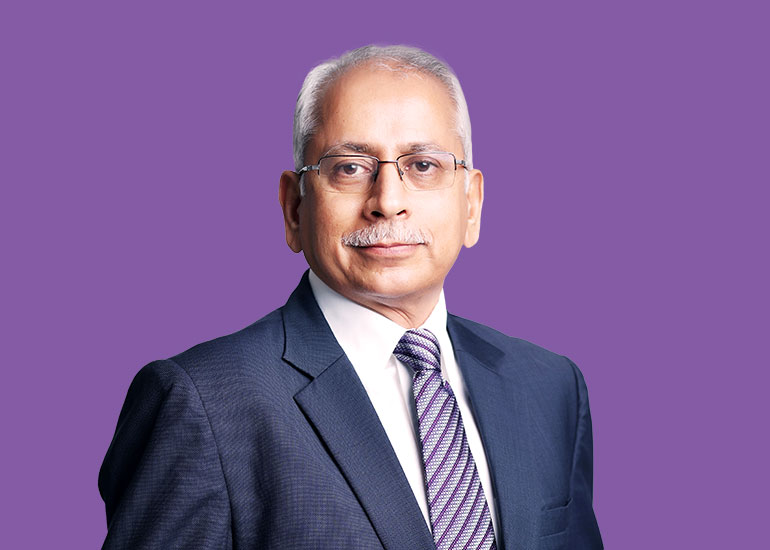Q] I read a comment calling your book an MBA lesson, and from what I read, I can also vouch for that. How did you strike this balance between storytelling and business knowledge at the same time?
I could have easily picked up 10 subjects and written 5000 words while preaching about it like anybody else does, but nobody would have read it. My friends would have bought it and kept it in their houses to please me. If you want people to read your work, there should be a story along with the lessons. Even in our mythology, whichever scriptures you talk about, there were stories. But what is important is that there is a lesson at the end of the story. People read ‘The Mahabharata’ and ‘Ramayana’ for the story, and in this process take the learnings in. The lesson has to be a byproduct and not the product.
Q] Your book covers many emotions and themes, but one common theme that was observed was the idea of adaptation. What was the inspiration behind this?
I have worked across six industries, and everywhere I went, I was told that industries are different. That which is true for one industry is not the same for others. All industries have customers, and these are the same bunch of people who buy a cola, a shirt, a pen, and an insurance policy. It is human behaviour that dictates the choice of the product. Therefore, you have to first target your proposition and communication towards the person who is buying the product and not your technology. This is something that I wanted to address through the book.
I also wanted to throw light on the importance of adaptation. All my life I have been told that society is changing constantly and the basics that were applied five years ago are not useful anymore. Basics are called basics because they are basic; basics don’t change. The circumstances, environment and technology are constantly changing. Therefore, we have to adapt to that technology rather than question the basics. One needs to have the constants– customer segments, a good brand, smart communication, organisational work culture, innovation and a strong distribution infrastructure. My objective was to take the same basics, introduce a disruptive setup, and then show how the protagonists can use the disruption to their advantage to take their companies forward.

Q] The protagonists in your stories are fierce and strong. Did you meet people like these in your life or is it largely fictional?
Many characters in my story are shaped by people I have met and observed. All of these stories are based on experiences and whatever I have seen in life. When I was writing the stories, I had an incident in mind, that I had seen. I just converted it to another industry in another country to make it sound fictional. However, these are real actions that real people have taken in the area of branding, disruption, segmentation or any other theme that I have covered.
Q] Could you recommend some books that you are fond of?
I would suggest ‘The 7 Habits of Highly Effective People’ by Stephen Covey. It is a simple book, but I believe that everyone should read it. In today’s times, there are many impeccable books by writers like Adam Grant and Simon Sinek. These are very positive, and I am fond of them.
Q] Any piece of advice for upcoming entrepreneurs?
The only advice I have is that you should continue to experiment because unless you experiment, you don’t know what will work and what won’t. In thought, everything works and in thought, everything gets discouraged. While experimenting, make sure that you don’t blow all the money you have, even if it’s a great idea. Experiment on a small scale, see what works, and enlarge its scope. What doesn’t work, drop it.
If you are not failing 50% of the time, it goes to show that you are not jumping far ahead, you are not experimenting or trying hard. The success and completion of all ideas highlight that you are not trying hard from the heart. If you are taking big leaps, you will fail in some initiatives. You must fail. But don’t blow up all your money while failing.






















